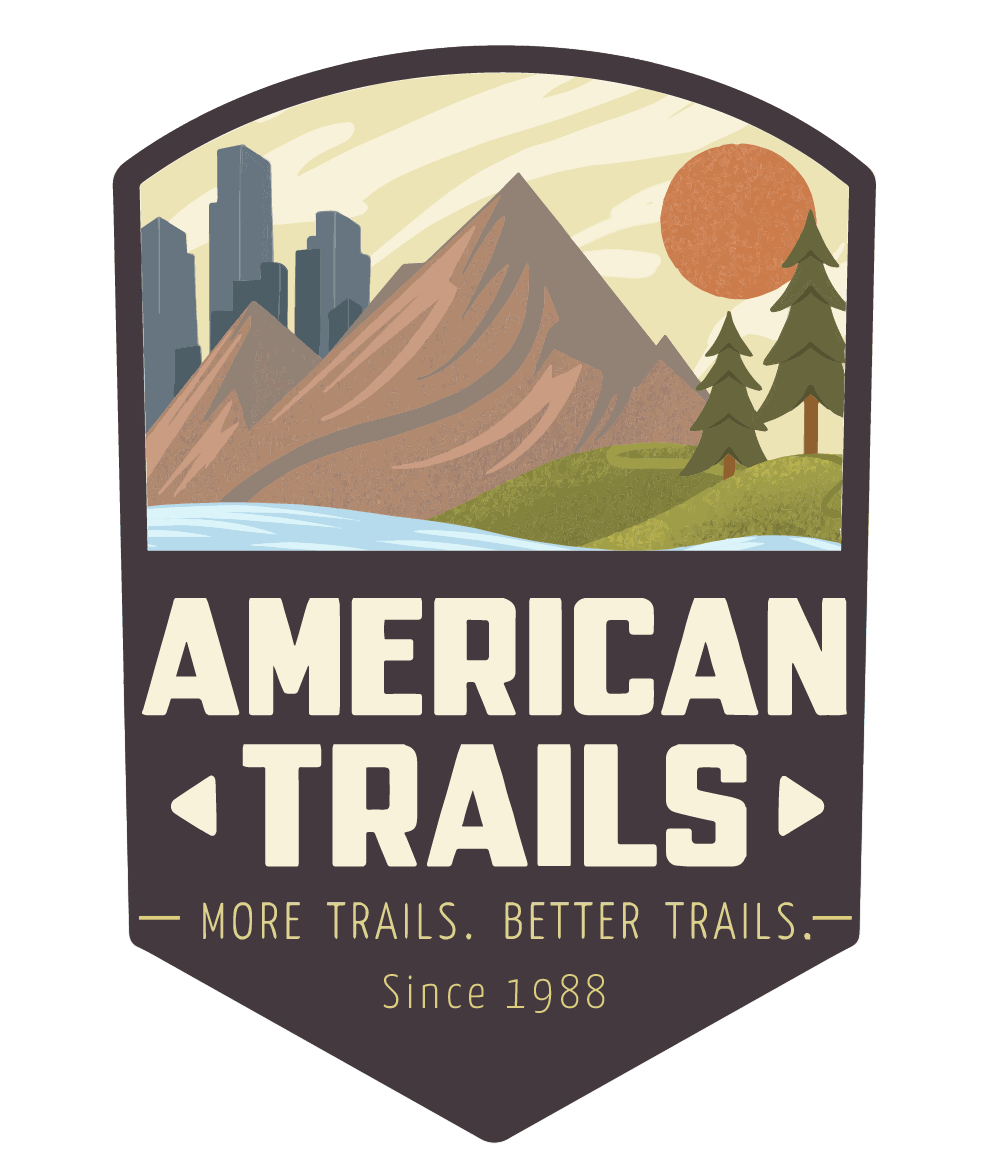




Trails promote natural resource management strategies that ensure environmental preservation, quality of life, and economic development.

In many places, trails are a key ingredient in preserving open space and encouraging public interest in habitat and natural landscapes. In southern California, trails are especially important in preserving public access to stream corridors and the coast. We wanted to share a concise and well-written explanation of how trails are good for our environment. This is from San Diego’s “County Trails Program Objectives:”
Trails promote natural resource management strategies that ensure environmental preservation, quality of life, and economic development:
• Providing a “buffer” between the built and natural environments
• Allowing passive recreational use and educational access to protected areas
• Increasing the value of open space to the public by providing access
• Enhancing property values of communities by connecting them to open space areas
• Providing an alternative mode of transportation
• Encouraging cleaner air by decreasing air pollution by automobiles
• Supporting communities and businesses through eco-tourism
• Preserving culturally and historically valuable areas
Trails are an integral part of our natural environment and can be used as a tool for conservation. Trails assist with preserving important natural landscapes, providing necessary links between fragmented habitats and providing tremendous opportunities for protecting plant and animal species.
Increased development has contributed to the creation of habitat “islands”— isolating wildlife, reducing their natural habitats and survival. Trails provide that important link between these island populations and habitats and increase the available land to many wildlife species.